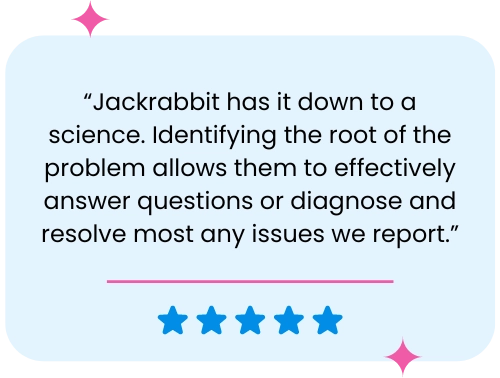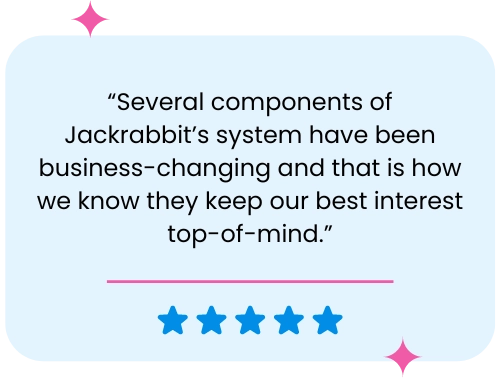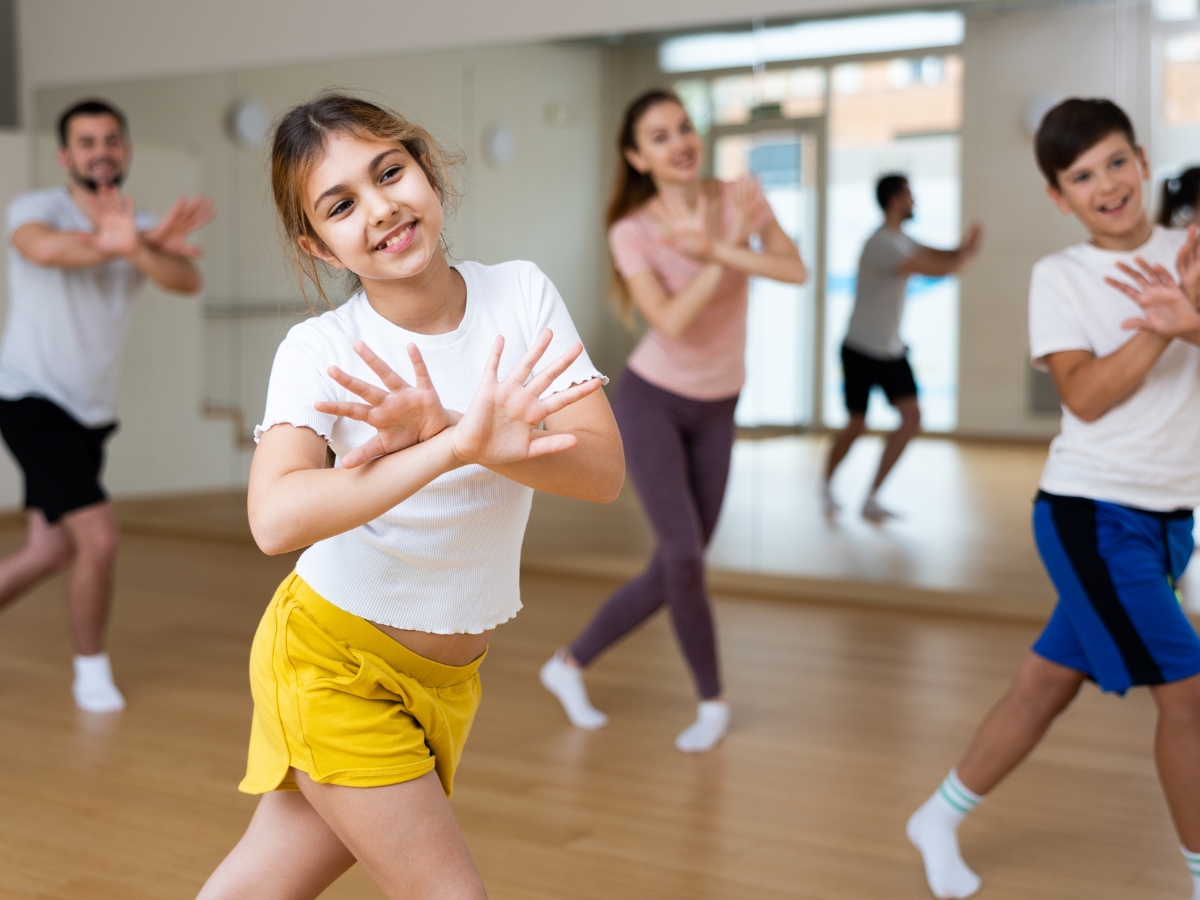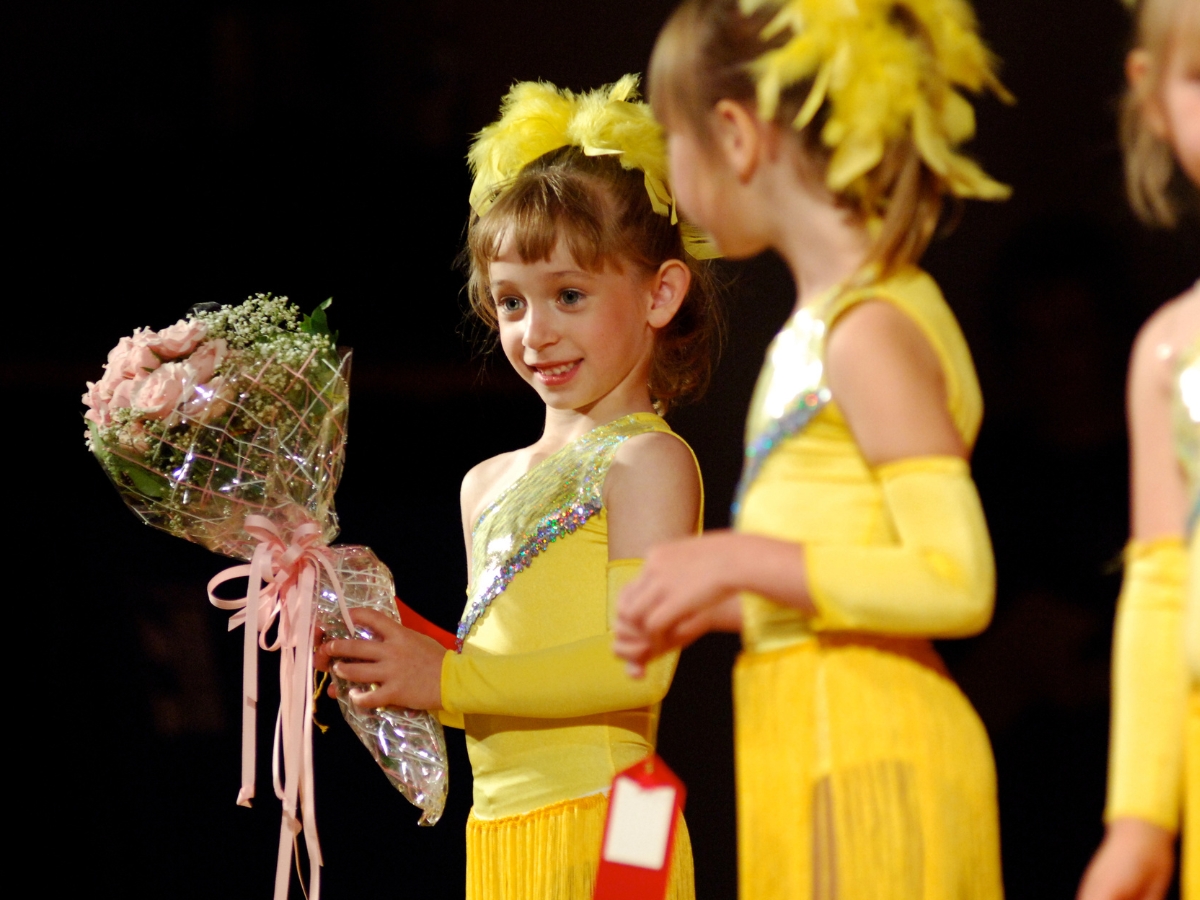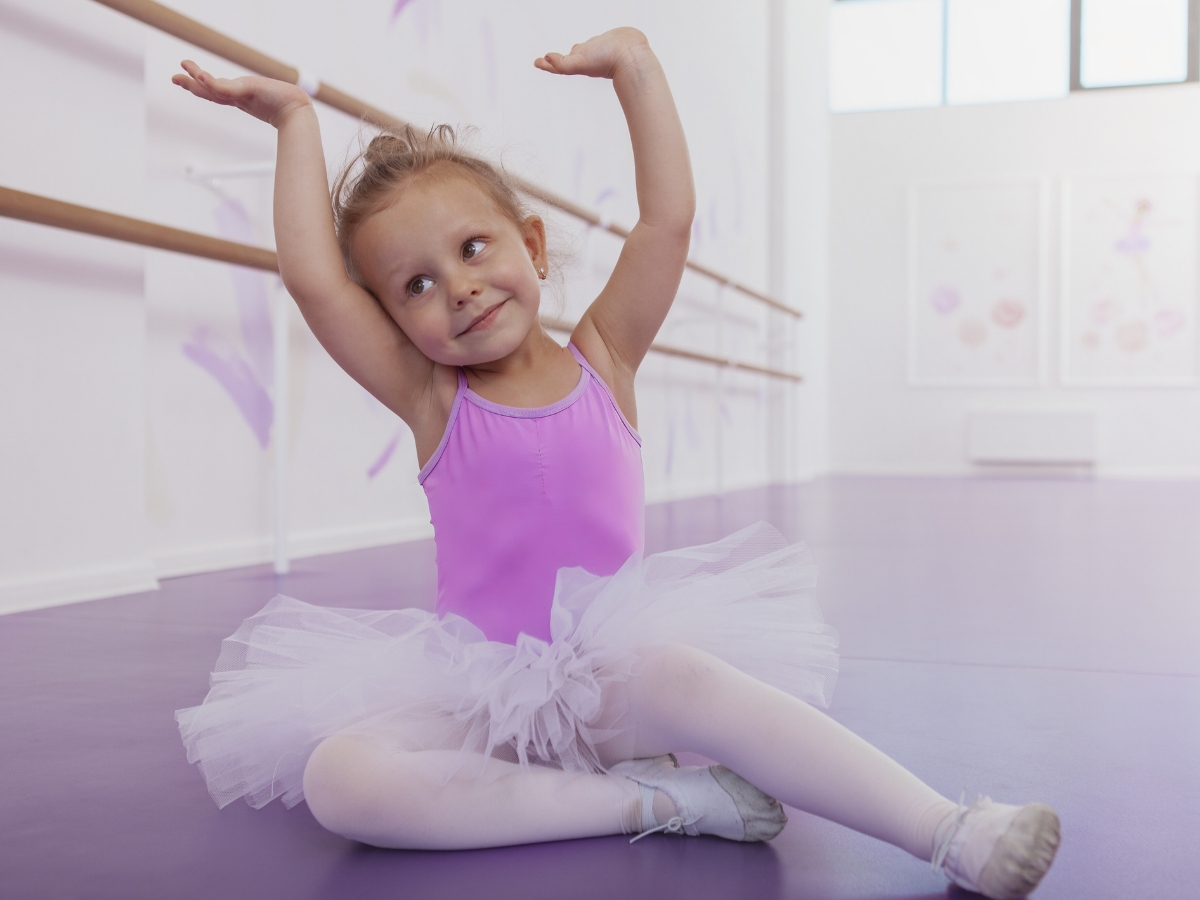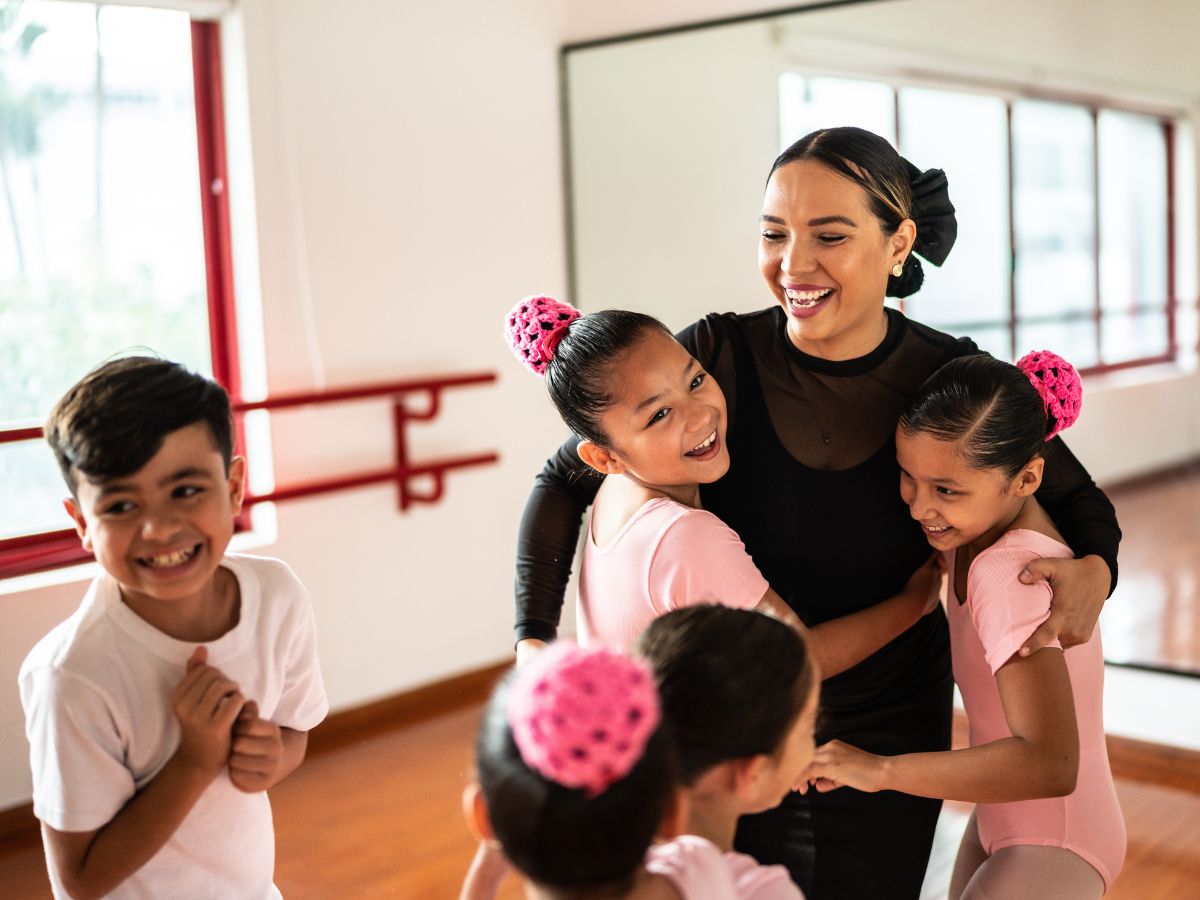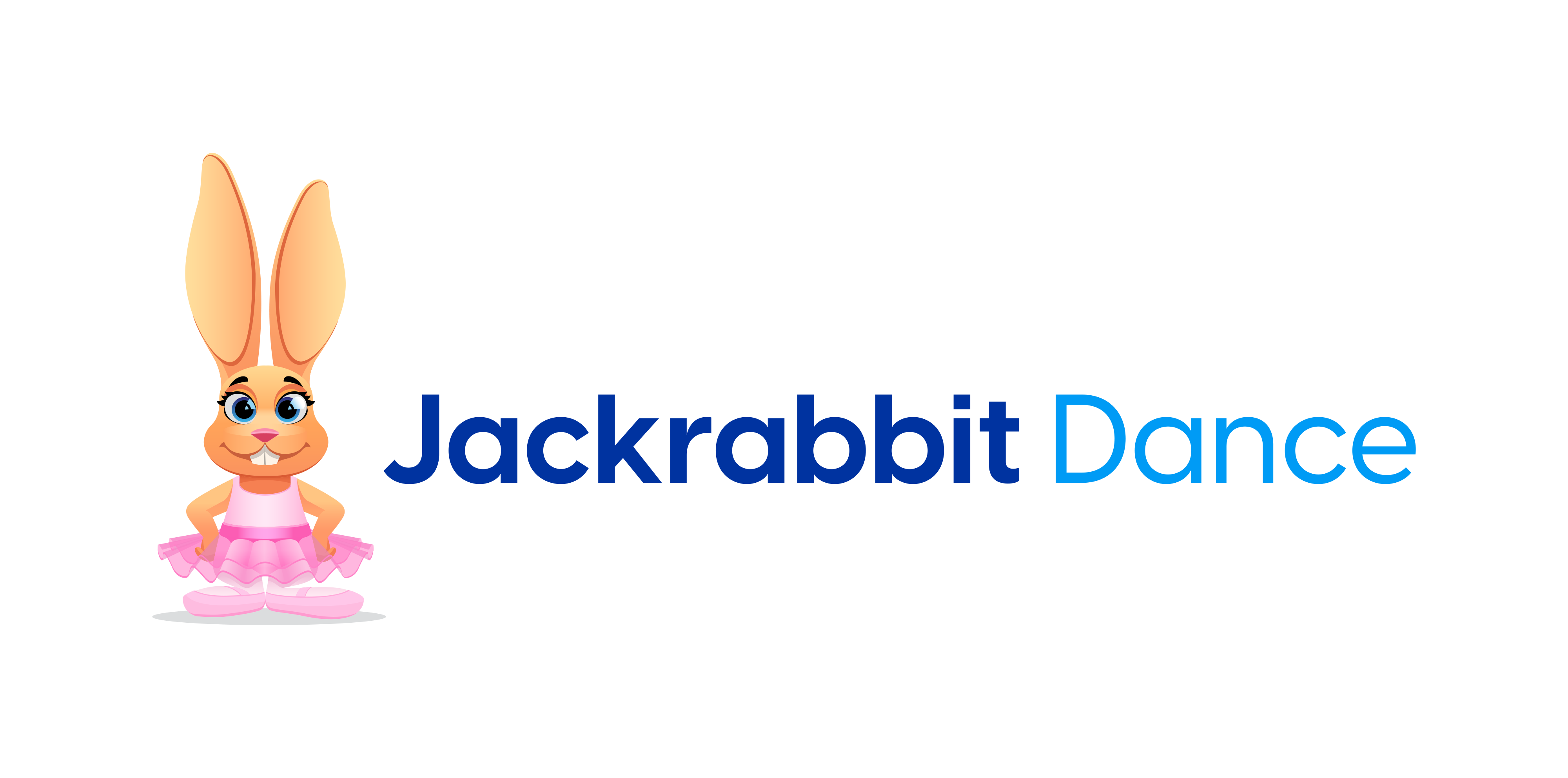No matter your child’s age, background or status, stress and anxiety are serious emotions that we all experience. Too much of either can be detrimental to your health, which is why it’s so important to find outlets that help support one’s emotional well-being. Incorporating physical activity like dance into a daily routine can create an outlet to help combat anxiety and stress.
Benefits of Using Dance Classes to Support Emotional Well-Being
Dance classes are a great way to support emotional well-being, whether your child already has experience or is completely new to the art, there’s a wealth of benefits they can start enjoying when you sign them up for a class and get them moving to the music! Here are some of the ways that dance can change your child’s life for the better.
Stress Relief
Though it can be easy to overlook, physical activity is a great way to relieve stress and boost your mood. Dancing gets the blood pumping and your muscles moving, helping the body stimulate the release of endorphins that make you feel good, not to mention the positive feelings you can get from hearing the music too! Dancing is an accessible, natural and fun way to alleviate some of the symptoms of stress, anxiety and even depression.
Self-Expression and Creativity
Sometimes when feeling low, you need an outlet to release those emotions and work them out in an artistic way. Dance is an opportunity to do just that. Through creative movement, dancers can express themselves in ways that words can’t express. It’s a good way to get in better touch with your emotions and handle them effectively.
Confidence Boost
Dance classes can help promote body positivity, inclusivity and self-confidence by celebrating dancers’ individuality. Regardless of body shape, size or ability, as dancers learn new movements and techniques, they can develop a greater appreciation of their accomplishments, bodies and capabilities, all leading to a boost in confidence, self-esteem and body image.
Increased Mindfulness
By focusing on breath, alignment and technique, dance encourages mindfulness and awareness of your own body in addition to the world around it. This can serve as practice and become a useful skill when your child is trying to relax and balance themselves when under stress.
Fostering a Sense of Community
Whether dancing solo, with a partner or in a group, dancers share a common passion and can form meaningful connections with their peers. This can create a sense of belonging, camaraderie and community, helping to reduce feelings of loneliness and boost overall well-being.
How to Maximize the Benefits of Dance Classes
To fully receive the benefits of dancing, there are a few tips to keep in mind to keep your child happy, healthy and living in the moment! For the best results, encourage your young dancer to:
Listen to Your Body
Pay attention to your body’s cues and limitations. Dance at your own pace and communicate with your instructor as needed to avoid any injuries and maintain enjoyment.
Focus on the Experience
Try not to get caught up in your own head. Instead of fixating on outcomes or performance, focus on the process and the joy of the experience. Let go of your expectations and embrace the moment for the best experience.
Connect With Others
Dance classes are great opportunities to connect with others and make new friends! Take advantage of the social aspect of your dance class by connecting with your peers. Share your experiences, offer support and build relationships with others who share your passion for dance.
Practice Self-Care
Incorporate some self-care practices into your daily routine like drinking plenty of water, eating healthy and getting plenty of rest. Remember to prioritize your physical and emotional well-being and take breaks when you need them.
Additional Benefits of Participating in Dance Classes
The benefits of participating in dance can extend beyond supporting emotional well-being and mental health and into other areas of life such as:
Physical Fitness
Dance is an effective way to add exercise to your child’s life. It can improve cardiovascular health, strength, flexibility and even coordination, all while doing something fun and exciting.
Cognitive Benefits
Learning and memorizing routines, choreography and different moves is a great way to help enhance your cognitive functions and memory.
Creativity
Once your child begins to learn some dance basics they’ll be able to start improvising, experimenting with their moves and creating their own dance routines. All it takes is a little inspiration!
Broadened Horizons
Dance provides an opportunity to explore and appreciate diverse cultures, traditions and styles beyond one’s own through exposure to different dance forms and music genres.
Risks of Dance Classes
Though there are plenty of benefits to using dance to support emotional well-being, there are a few risks to consider as well before signing your child up.
Physical Injury
It’s important to remember that dance involves physical movement and exertion which can lead to injuries if proper precautions aren’t taken. Encourage your child to always warm up before dancing, use correct techniques and listen to their body to help prevent strains, sprains and other injuries.
Pressure
In a competitive dance environment, there can be a lot of pressure to perform perfectly which can sometimes increase stress, anxiety and depression. If this is a concern, try to find a class aimed at beginners or schools focusing on progress rather than perfection.
Comparison and Body Image
As with any physical activity, there may be a tendency to compare oneself to others regarding skill and body image. This can lead to low self-esteem, feelings of inadequacy and other negative emotions. Remember to celebrate diversity and again, focus on progress.
As with any physical activity, there may be a tendency to compare oneself to others regarding skill and body image. This can lead to low self-esteem, feelings of inadequacy and other negative emotions. Remember to celebrate diversity and again, focus on progress.
Dance classes offer a multifaceted approach to improving well-being, promoting self-expression, social connection, mindfulness and physical fitness. By allowing your child to incorporate dance into their life, they can begin to take in the benefits that it has to offer and start feeling better both mentally and physically.
Get more tips and advice sent to your inbox by signing up for our newsletter at the bottom of this page.
